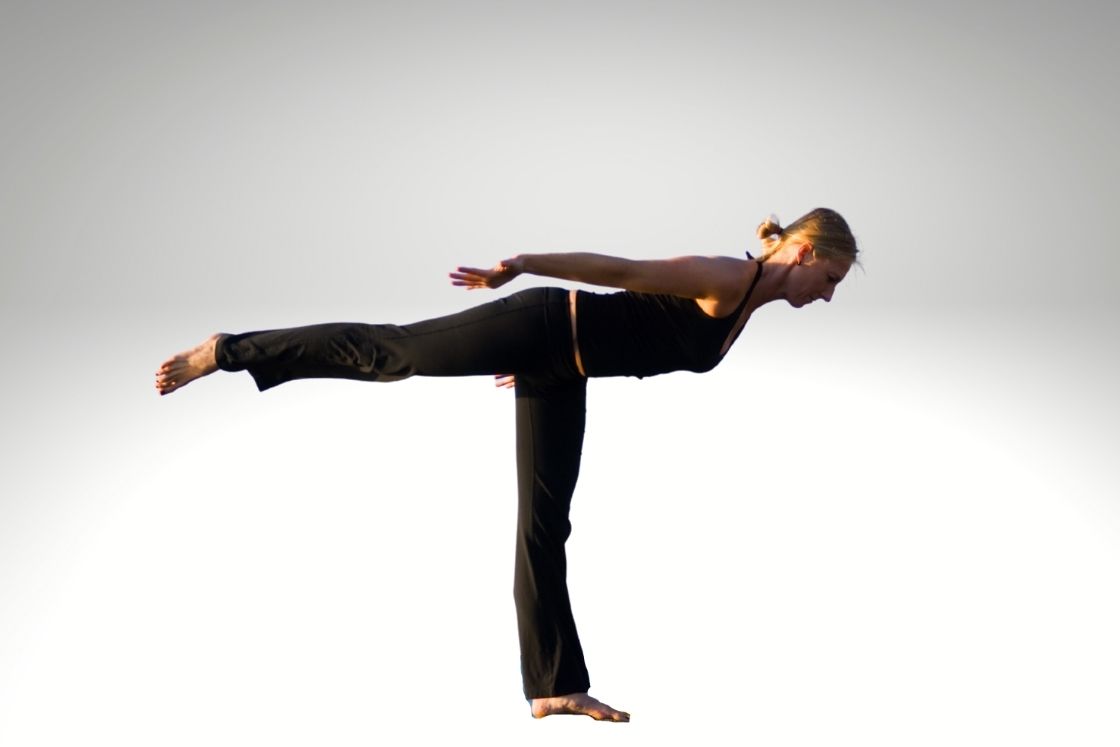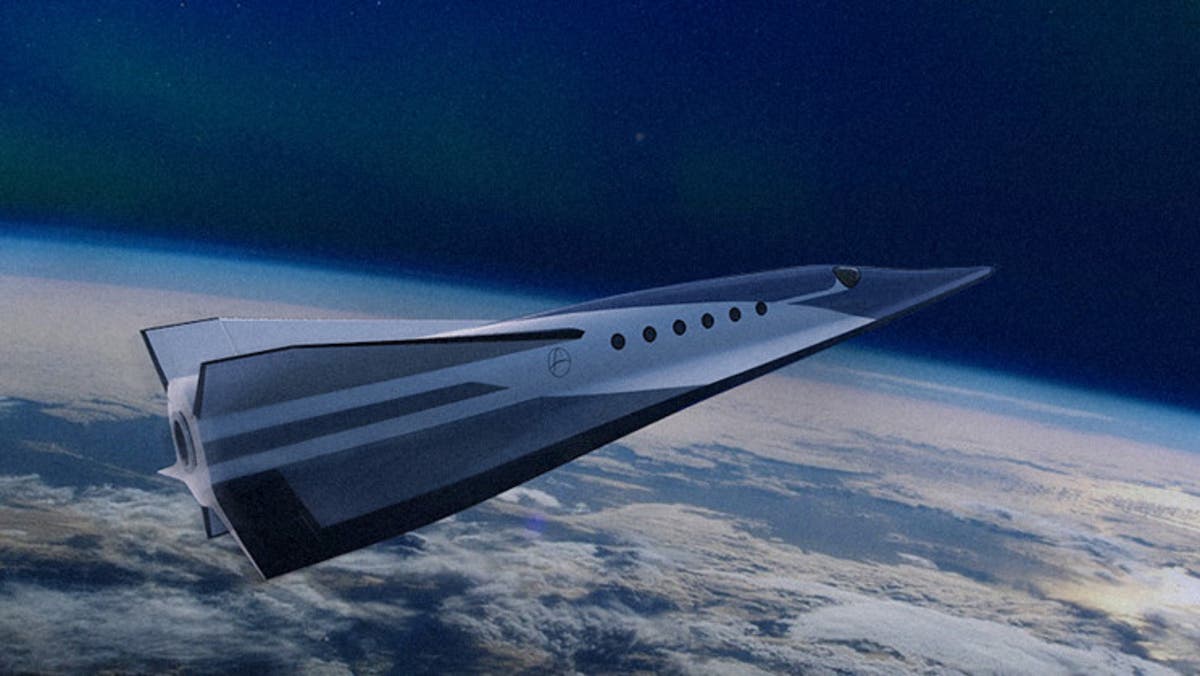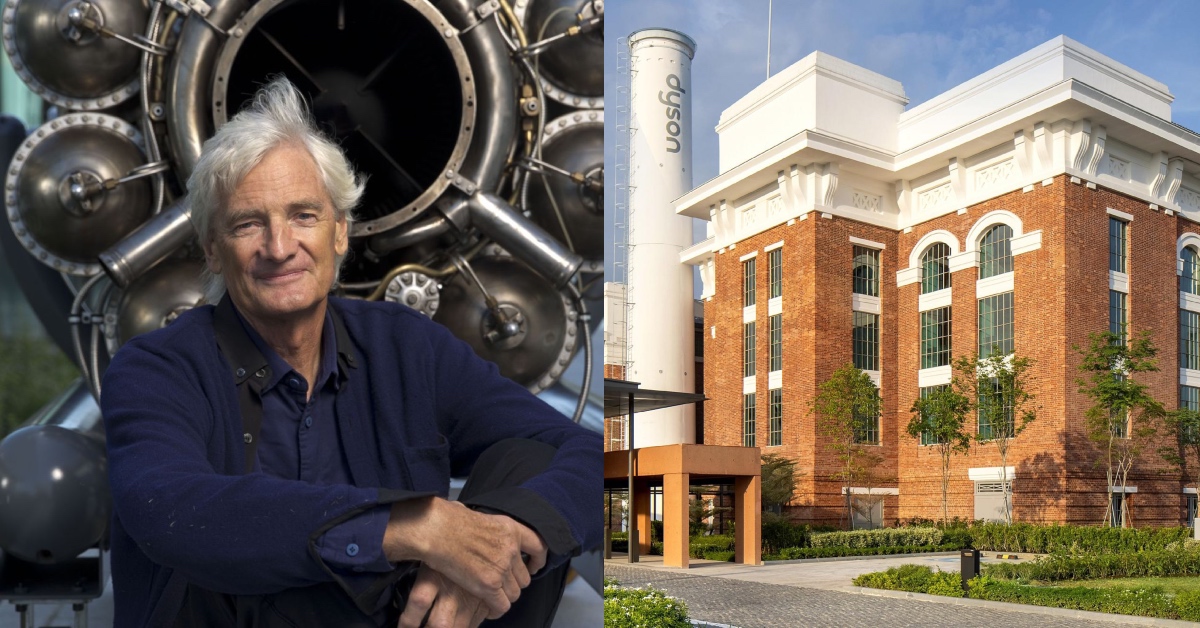Airplane Pose (Dekasana): Steps, Benefits and Precautions
Steps Beginner’s Tips Benefits Variations Precautions Sanskrit Pronunciation Dekasana dik-kha-sa-ah-sah-nah Common Aeroplane pose Type Standing balancing pose Level Advanced Stretches Lower back, Calf, Hamstrings, Shoulders Strengthens Hips, arms, shoulders, and neck Airplane pose is an advanced standing yoga balance...


| Sanskrit Pronunciation | Dekasana dik-kha-sa-ah-sah-nah |
| Common | Aeroplane pose |
| Type | Standing balancing pose |
| Level | Advanced |
| Stretches | Lower back, Calf, Hamstrings, Shoulders |
| Strengthens | Hips, arms, shoulders, and neck |
Airplane pose is an advanced standing yoga balance pose that is similar to Warrior Pose III with the exception of the arms. In this pose, arms are stretched back like the wings of airplane while in the warrior III pose arms stretch outward beside the ears.
This pose is significantly simpler for most people because it puts comparatively less pressure on the shoulders and neck.
Airplane pose engages the shoulders, chest, rib cage, upper abdomen, and arms muscles to maintain the shoulders and hips steady when the arms are in wings position behind the back.
This position assists in the development of balance and awareness, as well as preparing the body for more difficult balance poses.
Let us see how to perform this pose, along with its benefits.
Step-by-step instructions
Stand in the mountain pose with chest opening to the front and back straight.Keep your arms close to the sides of the body and shoulder blades pulled back.Micro bend your knees, with inhale, lift your right leg back while keeping your left foot firmly planted on the ground.Straighten the knees of both the legs once you have completely stretched your leg back. The left foot toes should be facing forward.Bring your hands to the center of your chest. Pause for balanceReach your arms back toward your sides like wingsHold this pose for 3-5 breaths.
Beginner’s Tips
Make sure that after reaching the final pose, your chest doesn’t fall to the ground. To keep a straight back, stretch your arms towards the back to open your chest.Engage your core muscles to balance the torso and pelvis.Place a folded blanket under your heels for extra support before starting the pose.A slight micro-bend on the knees of the balancing leg is acceptable to achieve the required balance.Benefits
Airplane pose can improve your balance and strengthen your leg and arm muscles. Your thigh muscles of the balancing leg get a good workout and build up your core muscles. Moreover, while trying to keep the balance, your focus and concentration will also improve.
Below are some common benefits of Airplane pose (dekasana):
Tones the leg muscles.Strengthens the muscles of the hips, arms, shoulders, and neck.Improves breathing and enhances lung capacity with an expanded chest.Improves the functioning of the abdominal muscles as the emphasis is on engaging the core muscles.Digestive system functioning is improved with the generation of internal heat.It may help in reducing fat due to stretching and internal heat generation.Helps in toning the muscles of the entire body.Can help build endurance, strength and stability for athletes, who use a lot of leg muscles.Aids in preventing sciatica by massaging the hamstrings, glutes and lower back muscles.Increases awareness, concentration, and focus.Variations and Modifications
You can practice standing next to a wall if your balance is weak. Stand close enough to the wall for your side body or one of your hands to grasp if necessary.
Use a strap to keep your lifted leg straight and parallel to the ground. Before straightening your lifted leg, loop a strap around the balls of your feet and hold the ends of the straps with both hands. Adjust the length of the strap as you straighten your lifted leg. This will also help in keeping your arms in position.
Instead of keeping your arms beside your body, you can spread them sideways with fingers spread.
If you want to first work on your balance, use a yoga block on its tallest setting and place your hands on it when you lift your leg.
Precautions
People with back problems should proceed with performing this pose with caution or under expert guidance.If you are a patient with high blood pressure, it is better to avoid the practice of this pose.Patients suffering from vertigo, Spondylitis or other neurological problems should not practice this pose as looking down may make them feel dizzy or nauseated.Avoid this pose if you have had a recent injury or surgery in your ankles, hips, or knees.Pregnant ladies should be avoiding this pose as it may strain their lower back and abdomen and risk losing balance.Preparatory Poses
Tree Pose (Vriksasana)Boat Pose (Navasana)Downward Facing Dog Pose (Adho Mukha Svanasana)Hand to Big Toe Pose (Utthita Hasta Padangusthasana)Follow up Poses
Warrior III (Virabhadrasana III)Three Legged Downward Facing Dog Pose (Eka Pada Adho Mukha Svanasana)Half Moon Pose (Ardha Chandrasana)Conclusion
Approach dekasana gradually and methodically, as you would any other posture. Dekasana strengthens the legs, low back, and abdomen while stretching all major muscles group and improving balance. It is a relatively simple pose to practice before you move on to more challenging balancing poses.
About The Author
Ashish
Ashish is a certified Yoga Teacher having experience of teaching at various schools in India. He started learning yoga from renowned yoga schools in the world capital of yoga, Rishikesh. Through his teaching, he realized how Yoga & Ayurveda can be used to increase the longevity and wellness of one's life.

 Hollif
Hollif 































